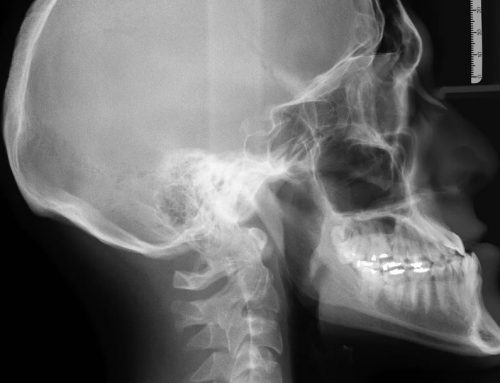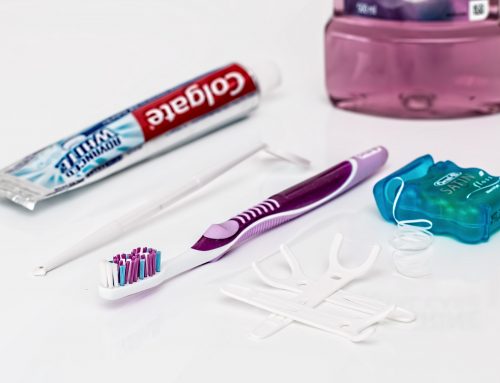Losing teeth is a common event, and as the population grows and ages, more and more people deal with crumbling teeth or accidental loss. When faced with these issues, the objectives of modern dentistry are to reestablish all functions of lost teeth, restore aesthetics, and maintain oral health. Once real teeth are gone, the most effective procedure to reach these objectives is the installation of dental implants.
What are Dental Implants?
A dental implant is a small screw made of a strong titanium alloy which replaces the root of a tooth. The titanium used is compatible with the jawbone which allows them to fuse together. A crown or cap can be attached, restoring tooth appearance, function, and oral health.
Appearance
A full set of straight white teeth can motivate you to smile, laugh, and generally leads to a more confident, outgoing personality. Losing teeth can have quite the opposite effect, as the social and psychological consequences can be quite detrimental to relationships and professional life. Losing a tooth can give your other teeth the opportunity to wiggle free, create more gaps, and compromise the structure and strength of your mouth. With dental implants, there is no need to stress because they look exactly like real teeth, and they won’t fall out like dentures when eating or speaking.
Function and Comfort
Naturally, teeth perform an extremely valuable survival function. In addition, teeth let you eat the food you love, but all that deliciousness can be abandoned by losing a single tooth. When hard or cold food gets crunched into the exposed root of a missing tooth, it can be a painful experience. Giving up foods such as meat, nuts, raw vegetables and fruit can be devastating decision as well. Dental implants thwart these negative situations and permit you to continue your eating habits.
Preventing Health Issues
While appearance and functionality are at the top of the list in terms of patient’s priorities, there is far more at stake if a lost tooth is not treated with a dental implant in due time. Significantly more important than the reestablishment of function and restoration of aesthetics is the prevention of major health issues.
Besides nutrients, bone needs stimulation in order to keep its strength and shape. Teeth supply that stimulation to the part of the jawbone under the teeth, otherwise known as the alveolar bone. Within the first year of tooth loss, the alveolar bone loses 25% in width, and loses 4 millimeters in height over the next three. As the bone decreases in size, the gum recedes, chewing and speaking abilities are impeded, and the risk of fracture increases dramatically. As more teeth are lost, the rest of the jaw bone starts to fade, and the entire bottom third of the face starts to collapse. Lips sag because they no longer have teeth to support them and the tongue, no longer constricted, flattens out. You may have seen this in certain elderly people who appear to be constantly frowning.
My piece of advice to you is to act quickly if you lose a tooth, because there are basic functions that need to be restored, and health risks to consider. It is important that dental implants are installed properly by a reputed dentist like Dr. Bedi at King Town Dental in Courtice, because they are difficult surgical procedures. Get in touch today if you’re missing a tooth and prevent further harm to your smile!







Leave A Comment